Better Tech Transfers: A Digital Transformation Approach
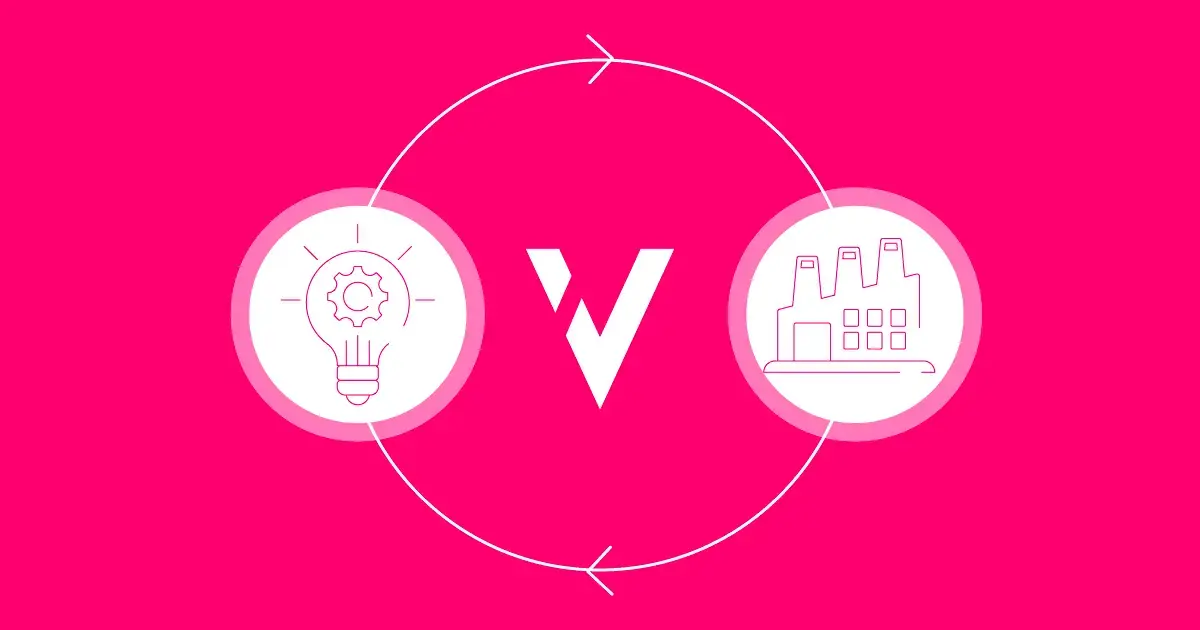
In the dynamic landscape of pharmaceutical manufacturing, a digitized ecosystem is instrumental in optimizing technology transfer processes.
In this blog post, we will delve into the rising costs of drug development, the role of contract development and manufacturing organizations (CDMOs) in the industry, and how a digital-first strategy can revolutionize tech transfer activities.
The Rising Cost of Drug Development
The pharmaceutical industry faces a significant challenge with the rising costs of drug development. Data from the 1970s to the 2020s show that the average development costs have doubled since 2000 and quadrupled since 1990. This surge poses challenges for both emerging and established biotech and pharmaceutical companies, as it limits investment funds due to a contracting capital market.
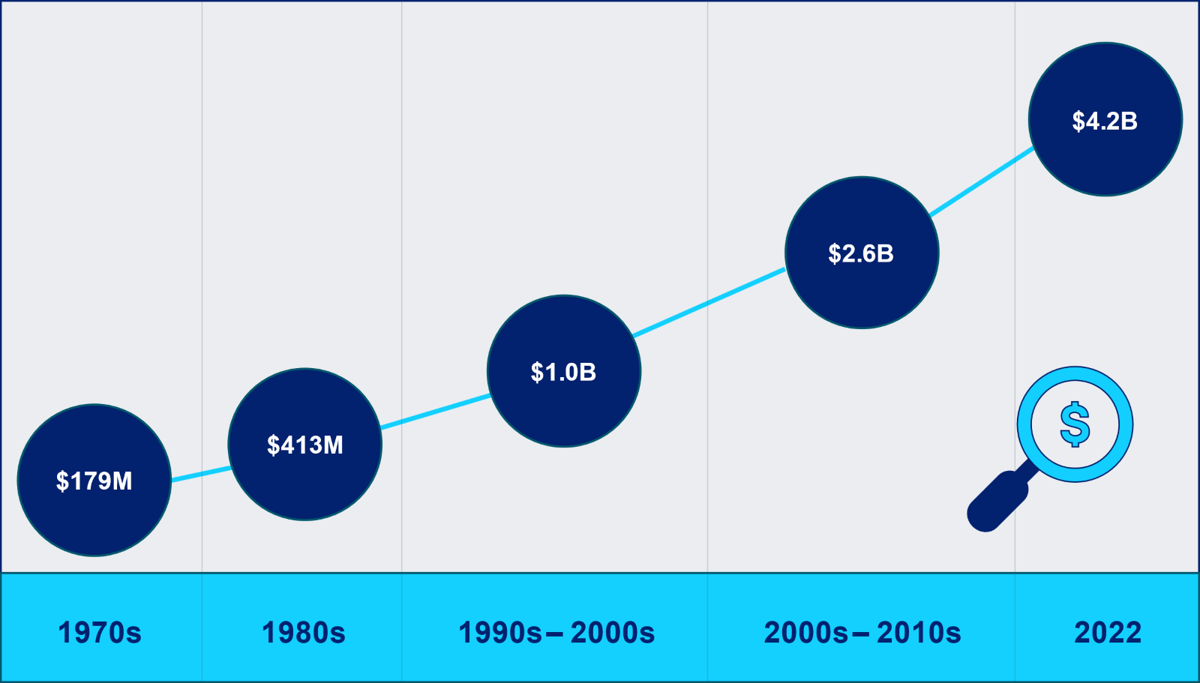
Figure 1 — The cost of drug development throughout the years.
CDMOs and Outsourcing Trends
The evolving landscape of the biotechnology industry, with a flux of target therapies and challenges faced by smaller biotech companies, has fueled an increasing trend in outsourcing operations to CDMOs. These organizations are projected to constitute 30 percent of the global manufacturing volume by 2025. With the worldwide pharmaceutical CDMO market reaching $135 billion in 2022 and expected to exceed $246 billion by 2032, outsourcing has become a strategic solution.
As such, an effective approach involves expediting process scale-up and industrialization through a well-devised technology transfer strategy, leading to a significant reduction in time to market for pharmaceutical products.
Tech Transfer in Pharmaceutical Development
Technology transfer, defined as the sharing of product and process knowledge between organizations, is a crucial aspect of pharmaceutical development. Whether transferring from R&D to commercial manufacturing or between facilities, tech transfer plays a vital role. Challenges such as business risks, regulatory compliance, and maintaining a single version of truth arise during tech transfers, emphasizing the need for a well-devised strategy.
The pharmaceutical industry frequently discusses technology transfer as a single step in the product lifecycle, usually when the process development group transfers processes to commercial manufacturing. However, technology transfer occurs at various points in the lifecycle, posing challenges to maintaining unified process knowledge.
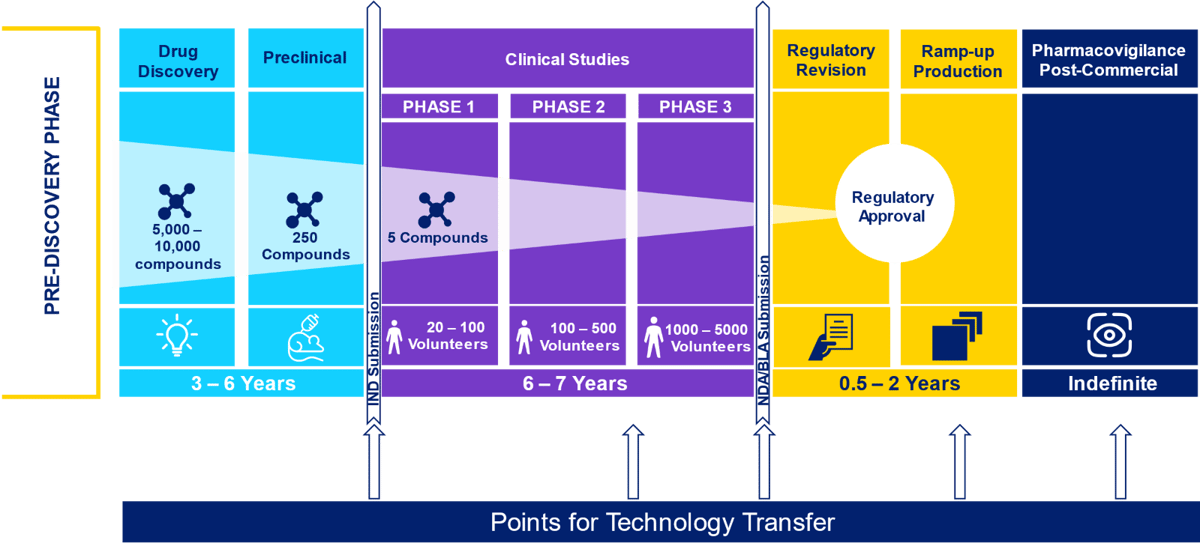
Figure 2 — Points throughout the product lifecycle where tech transfer typically occurs.
Tech transfers, whether within the same plant or between facilities, complicate the goal of a "single version of the truth." Outsourcing to contract manufacturers adds further complexity, with the common challenge of ensuring the receiving party fully comprehends the process for successful implementation. The reliance on both physical and electronic documents, known as "paper on glass," presents a significant obstacle.
Challenges in Tech Transfer and Solutions
Tech transfer involves various challenges, such as:
- Sponsors’ expectations: Initial optimistic product information may face challenges like stability issues or compliance requirements, leading to delays and increased costs for development and commercialization.
- Project scope definition: Inaccurate assessment of resource levels can hinder preparation for meeting commercial and regulatory requirements, affecting technology transfer plan milestones.
- Knowledge management: Limited technical knowledge in legacy or early-phase products, lack of understanding at less experienced sending sites, and reliance on paper-based methods can impact technology transfer timelines.
- Standardization at the receiving site: Lack of standardization in internal processes and documentation at CDMO receiving sites due to engagement in multiple transfers.
- Skilled teams: Challenges in creating dedicated teams with specialized expertise at originating sites, especially small start-ups, and the need for expanded teams at receiving sites for complex projects may arise.
- Communication: Lack of effective or transparent communication between the originating and receiving sites.
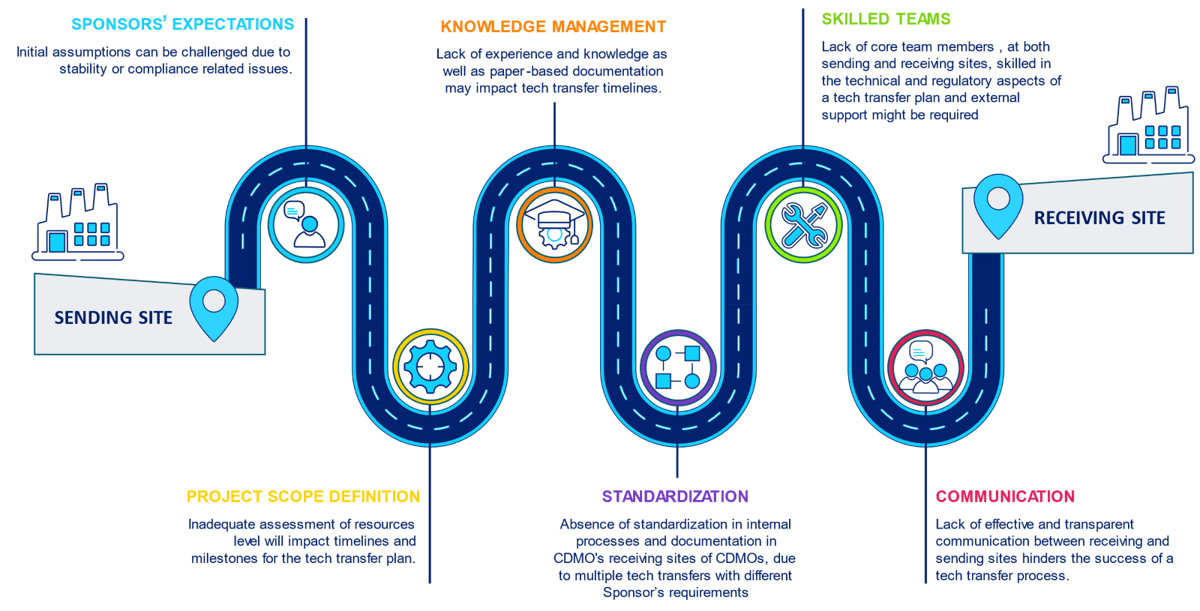
Figure 3 — Tech transfer pitfalls roadmap.
To overcome these hurdles, a dedicated project team, adherence to a Quality by Design framework, and digital transformation are crucial. Leveraging digital platforms, such as product lifecycle management and digital twins, facilitates collaboration, enhances communication, and mitigates the risks associated with traditional paper-based processes.
Digital Transformation in Tech Transfer
In the age of Industry 4.0, adopting digital tools is crucial for optimizing data, information, and knowledge exchange. Digital platforms like product lifecycle management and digital twins offer connectivity and collaborative information sources and prevent information silos. This digital transformation not only accelerates the tech transfer process but also contributes to a more resilient and transparent pharmaceutical manufacturing process.
Benefits and Hurdles of Digital Transformation
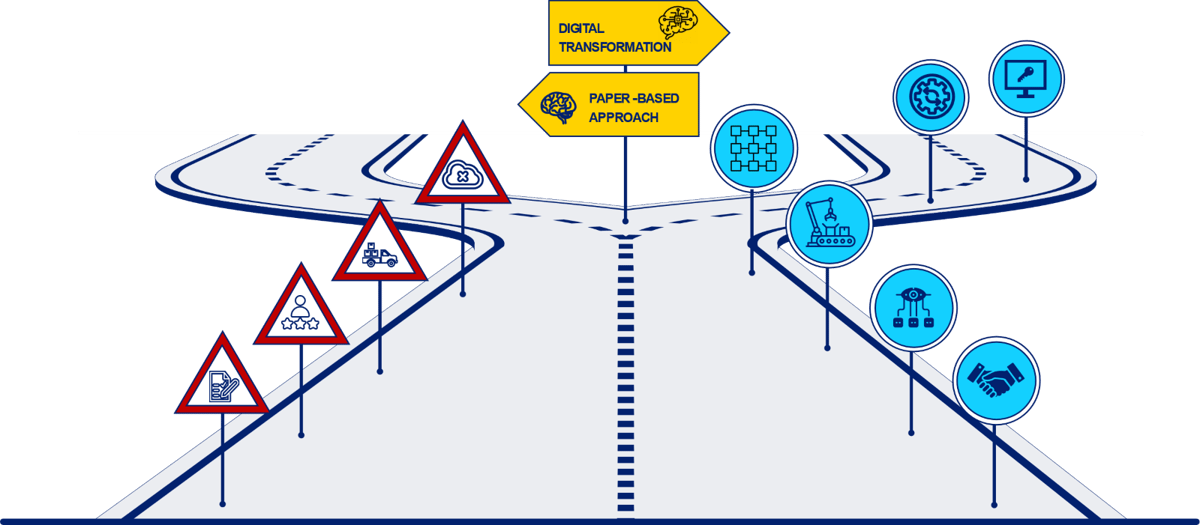
Figure 4 — Hurdles and benefits on the path toward digital transformation for CDMOs.
Embracing digital transformation in tech transfer processes brings numerous benefits, including cost savings, improved data integrity, and faster manufacturing and commercialization.
However, hurdles such as resistance to adopting digital tools, supply chain issues, and a disconnect in real-time information exist. By successfully overcoming these challenges, organizations can embrace a digital-first approach, demonstrating a commitment to strategic partnering and building long-term relationships.
Assessing a CDMO's Digital Capabilities
Pharmaceutical companies need to assess a CDMO's digital capabilities before entering partnerships. This includes evaluating if the CDMO practices what it preaches, the budget allocation for digitalization, its willingness to engage in co-innovation, the level of integration across departments, and its digital transformation plan for the next five to 10 years.

Figure 5 — Touchpoints when assessing the digital transformation maturity of a CDMO.
Accelerating Tech Transfers
In conclusion, a well-devised technology transfer strategy is a linchpin for expediting process scale-up and industrialization. It not only reduces right-first-time (RFT) instances but also slashes time to market, aligning seamlessly with market demands and meeting the expectations of customers and regulators alike.
The digital transformation of technology transfer activities is a game-changer, offering user-friendly information access in a collaborative setting. This not only diminishes the risk of failure due to miscommunication, a common pitfall of traditional paper-based systems, but also enhances overall efficiency.
Digital tools are pivotal in preventing data integrity issues and mitigating risks, ultimately elevating manufacturing management to prevent common batch failures. Embracing these tools aligns with modern industry standards and ensures a smoother production process.
Fostering a sponsor/CDMO partnership grounded in transparency and knowledge sharing is just as important as embracing digital tools and platforms. Acknowledging the significance of this collaborative relationship ensures a harmonious and effective digital transformation journey for all stakeholders involved in the pharmaceutical industry.
ValGenesis Process Lifecycle Suite Can Support Your Tech Transfer Efforts
The ValGenesis Process Lifecycle Suite offers a strategic edge for manufacturers that want to transition from a complex, high-risk tech transfer environment to a well-structured process that significantly reduces risks and ensures a seamless and successful tech transfer. Watch the video below to learn more about ValGenesis PLS.
Related Blog Posts
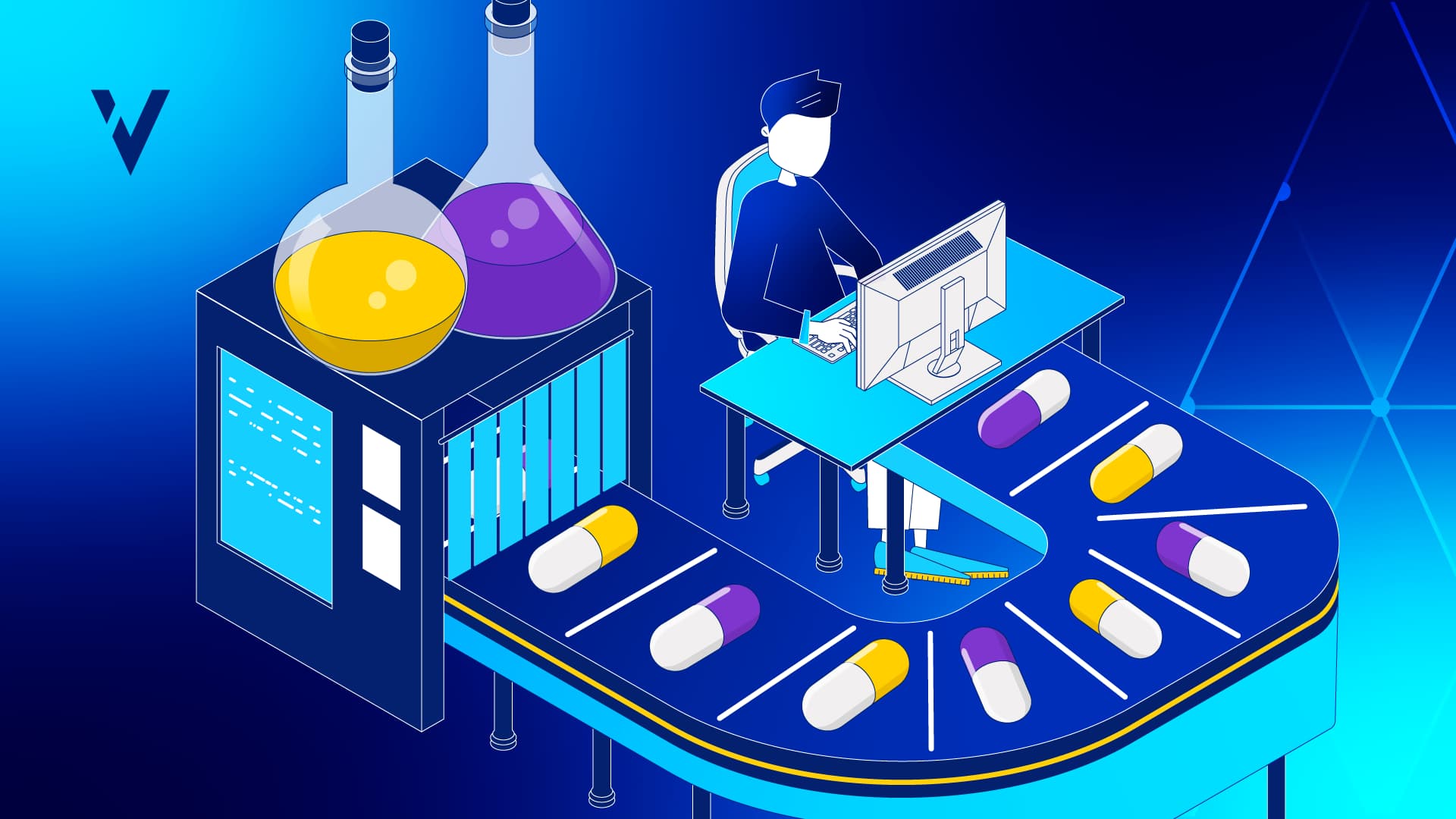
A Toolbox for Effective Tech Transfer
Discover how digital tools simplify tech transfer in Pharma 4.0, enhancing efficiency, product quality, and speed to market in the pharmaceutical industry.
By Rui Silva
Read.png)
From Weeks to Minutes: How Intelligent Automation Transforms CQV Workflows
Discover how intelligent automation transforms CQV workflows and streamlines equipment qualification in pharma—cutting costs, time, and risk.
By Peter Liang
Read
The X Factor for Successful Digital Transformation in BioPharma: People
This current era of biopharmaceutical manufacturing is a most challenging and exciting time for our industry. Technology breakthroughs, intensifying competition, and continually rising performance expectations from patients, stakeholders, pressure from government bodies for cost reduction, and regulators necessitate rapid change in execution.
By Dr. Alton Johnson
Read